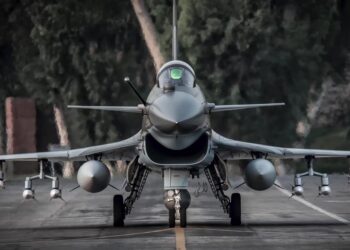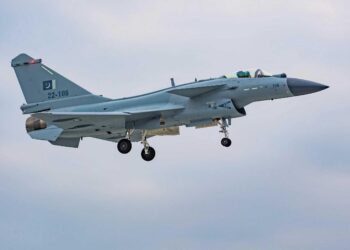The Afghan National Defense and Security Forces (ANDSF) have begun their third year in the lead for security in Afghanistan and the second year in
which they have full security responsibility with limited U.S. or coalition support on the battlefield. During the December 1, 2015, to May 31, 2016, reporting period, the ANDSF addressed key capability gaps as they recovered from a tough 2015, maintained a high operational tempo during the winter months amidst challenging security conditions, and developed and began to implement an offensive campaign plan as they headed into the traditional spring and summer fighting season.
Through Operation Freedom’s Sentinel (OFS), United States Forces – Afghanistan (USFOR-A) continue to conduct two well-defined and complementary missions: training, advising, and assisting the ANDSF through the North Atlantic Treaty Organization (NATO)-led Resolute Support (RS) mission and supporting counterterrorism operations against the remnants of al Qaeda and its associates. In recognition of the threat of the Islamic State of Iraq and the Levant (ISIL) (also known as Daesh) outside of its Iraq-Syria base and the emerging foothold of an affiliate in the Afghanistan and Pakistan region, in this reporting period President Obama authorized USFOR-A to conduct offensive counterterrorism operations against the Islamic State – Khorasan (IS-K) (also known as the Islamic State – Khorasan Province), the ISIL affiliate in Afghanistan.
Consistent with the President’s October 2015 announcement that U.S. forces would maintain a force posture in Afghanistan of up to 9,800 military personnel through most of 2016, USFOR-A maintained its forces at or below this level throughout the reporting period.
These U.S. forces served alongside approximately 6,876 forces from NATO Allied and partner nations who are committed to Afghanistan’s continued development. In particular, the continued U.S. and coalition presence in Afghanistan is focused on making progress in developing the ANDSF into
a more effective, sustainable, and affordable force that can protect the Afghan people and contribute to regional and international security. This force presence will also help prevent threats to the homeland, U.S. allies, and U.S. interests abroad from terrorist actors in the region, particularly al Qaeda, and it will maintain pressure on other terrorist groups such as IS-K.
Enhancing Security and Stability in Afghanistan (793 downloads)









